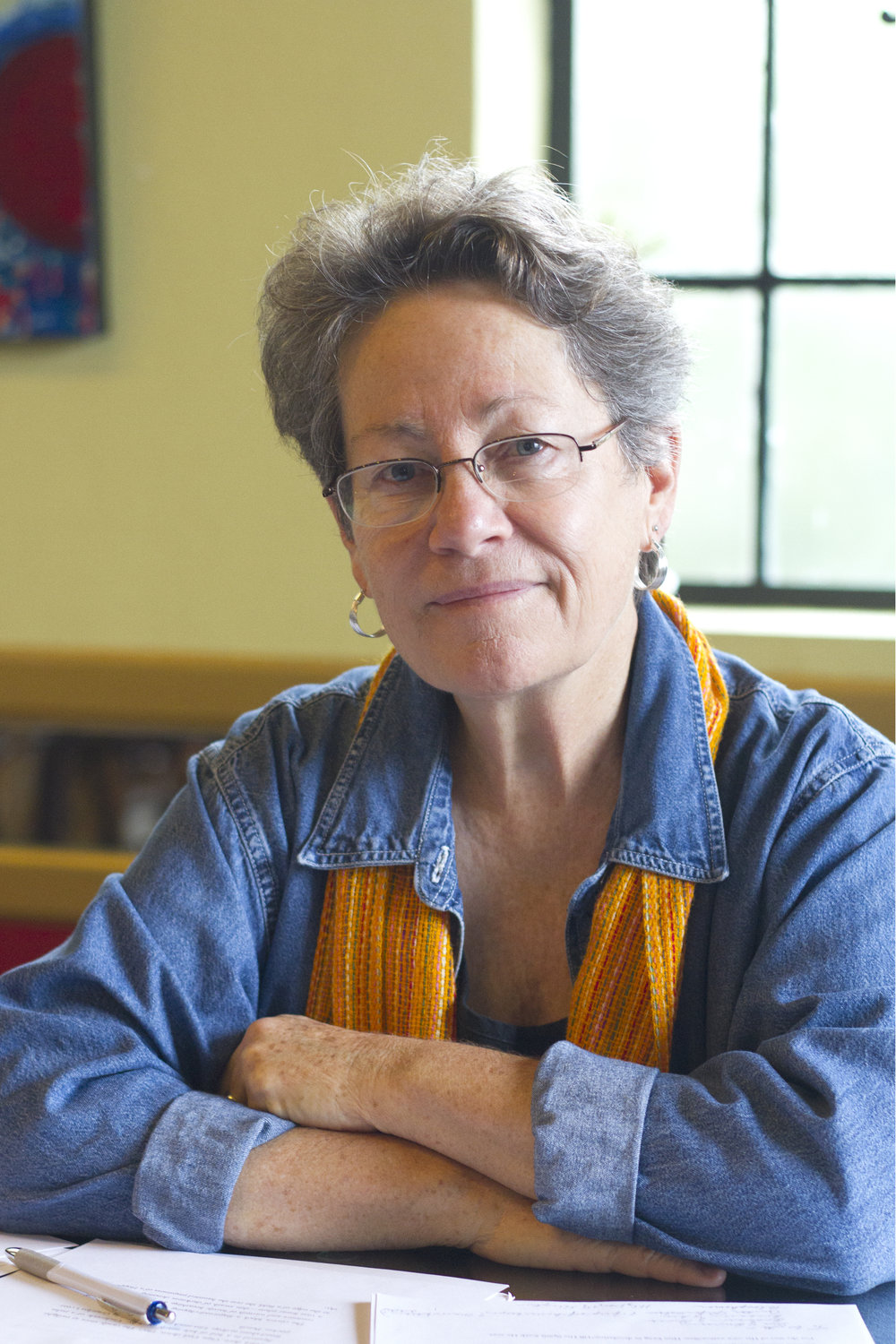 Holly Iglesias’s works include Sleeping Things, Angles of Approach, Souvenirs of a Shrunken World, and Boxing Inside the Box: Women’s Prose Poetry. She is the recipient of fellowships from the National Endowment for the Arts, the North Carolina Arts Council, the Massachusetts Cultural Council and the Edward Albee Foundation. She teaches at the University of Miami in the Creative Writing MFA Program, focusing on documentary and archival poetry.
Holly Iglesias’s works include Sleeping Things, Angles of Approach, Souvenirs of a Shrunken World, and Boxing Inside the Box: Women’s Prose Poetry. She is the recipient of fellowships from the National Endowment for the Arts, the North Carolina Arts Council, the Massachusetts Cultural Council and the Edward Albee Foundation. She teaches at the University of Miami in the Creative Writing MFA Program, focusing on documentary and archival poetry.
Her poem, "Epic of the Material World," appeared in Issue Eighty-One of The Collagist.
Here, she speaks with interviewer Angela Redmond-Theodore about the faith of children, working with history, and her mother’s friendships.
You use the third person in “Epic of the Material World,” but the poem is strikingly personal in tone. Please tell us what led you to write it?
For me as a child, being in a church was a flood sensual experience. In order to access memories of that time of my life, all I need is the slightest trigger—a flickering flame, whiff of myrrh, rattle of beads. So this poem is looking at myself (the personal) from a distance of many decades and much knowledge of the context of the Cold War (the epic) as it played out in Catholic school in the 50s and 60s. I’m always striving to find the sweeping historical story in the little, intimate story.
While appreciating the stretching of the text across the page in the form of a prose poem, epic is a surprising title choice, given that the poem is only a few lines long. Can you tell us what led you to use this word, and not story, say, or narrative?
I chose epic because it’s a highfalutin and heavily freighted word that provides a contrast to the condition of children, who are usually considered powerless and less than full citizens of the “real world.” Also, children encounter nearly everything as huge and enthralling and ponderous. Besides, the word narrative evokes literary theory and rhetoric, and I was going for the opposite effect—up close and physical, not distant and abstract. (Just as a side note, all of my poems are prose poems.)
Bracketed by the image of the Infant of Prague at the beginning of the poem and “children…always children” at the end, this poem offers crash course in Catholicism—images, litanies, jargon. Can you talk a little about your choice to place the lens of criticism in the “dark eyes” of children?
In Catholic school during the Cold War we were told tales of pious children (always peasants, always in Europe, well sometimes in Latin America) to whom the Virgin Mary appeared, offering hope to an embattled world if only we would pray the rosary. But there was also, in the news, a constant stream of stories about imperiled children persecuted for their faith behind the Iron Curtain, children for whom we were to pray without ceasing to help bring about an end to their suffering and torment. I was shaped by Catholicism not through the study of arcane doctrine but through legends of saints and martyrs, exemplars of faith past and present, and through the annual cycle of rites and spiritual practices. All of this formation endowed me with a vision of the world in which heaven and earth were reconciled, not alienated, and where all realms and roles were sacred.
Is there a work of literature that you turn to for inspiration, or out of necessity, from time to time? What are you reading these days?
I read Joan Didion and W.B. Yeats again and again, Didion for her steely eye and clean, razor-edged sentences, Yeats for his thundering lyricism and acute yearning. Right now I’m reading Elisabeth Asbrink’s 1947: Where Now Begins (for research on a collection of letters my mother wrote that year) and (re)reading C.D. Wright’s One Big Self (for her mighty mind and huge heart).
In your approach to writing, do you have a particular project in mind, or do you build up a body of poems before determining what form they will take? What are you currently working on?
I’m a historian at heart and am always researching, so most of my work is sparked by a project. My first book was about the 1904 World’s Fair in St. Louis, my home place, and the third looks at a childhood in the Midwest and at the Cuban exile community in Miami in the 70s. Right now I’m working with a collection of letters written in 1947 and 1948 by my mother and eight friends who worked with her at a defense plant during World War II. She initiated the correspondence out of a desire to maintain their connection as their post-war lives began to change quite radically—getting married to G.I.’s seeking jobs and education, dealing with the housing shortage, fearful and optimistic about the economy and politics of a post-war world. These women did in fact remain very close for the rest of their lives. Their letters show us young women responding to the challenges of rapidly changing world and determined to maintain their friendship through it all.
